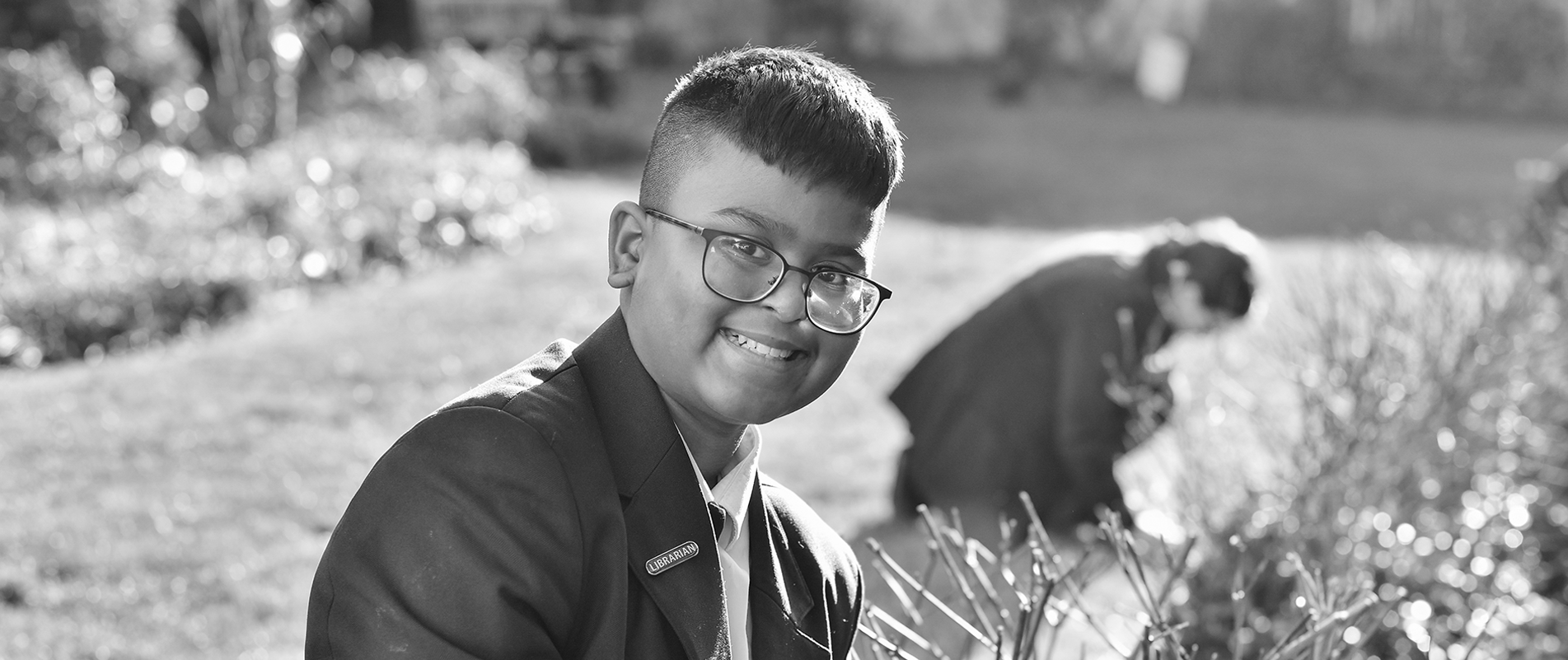Uniform

 At Plymstock School, our uniform reflects our pride, belonging, and community spirit.
At Plymstock School, our uniform reflects our pride, belonging, and community spirit.
Our uniform is an important part of being part of Plymstock School. It helps everyone feel included and shows respect for ourselves and others. Wearing the uniform properly also shows that we’re proud to be part of our school community. For more detailed guidance on what’s expected, including specific items, please refer to our Uniform Policy. This outlines everything you need to know to ensure students are fully equipped and confident in meeting our standards every day.
As we prepare for the new school year, we’d like to remind you to check your child’s uniform needs to ensure they’re September ready. Take advantage of the Early Bird Special – orders placed before 30th June will receive a special discount! Please refer to the leaflet below for full details, including the discount code and how to order.
UNIFORM LEAFET (SEPTEMBER-READY 2025)
Wearing a school uniform correctly goes beyond appearance; we have shared a number of benefits below for you to explore.
Create cohesion and belonging
When students all wear the same clothing every day at school, it levels the playing field. Expectations of what to wear are clearly defined and children develop a greater sense of equality.
Children of all socioeconomic backgrounds begin from the same starting point. Without uniforms, children from some backgrounds could feel isolated if their parents are unable to afford the latest styles of branded clothing.
Creating a standard promotes the idea that we are all the same. Children come together from different backgrounds and can immediately identify a fellow member of their community from the clothes that they wear, breeding a sense of cohesion and belonging.
Without school uniforms, the potential for children to tease and make fun of one another is increased. People use clothing to express themselves; children are no different in this regard. Sometimes, these differences can be amplified by socioeconomic disparities between one child’s family and another.
Improve study ethic
If a child feels like they don’t fit in, or they don’t have the latest and best clothing, it can be damaging to their confidence. A lack of confidence and belonging can be significant barriers to academic growth.
Increase safety
With their school uniform on, children can immediately be recognised at a distance as a member of that school. In a situation where someone who isn’t a member of the school is on-site, they can be easily identified as not part of the school.
Fairer dress codes
When a school adopts a uniform, it creates a simple and standardised dress code. When children are allowed to wear what they like, innumerable variations mean schools must adopt a long list of 'dos and don’ts' to formulate their dress code.
Remove peer pressure
Children are often susceptible to some form of peer pressure but adopting a school uniform can remove one form of it. Without a uniform, children can develop expectations about what should be worn to fit into a certain group. Children divide themselves into cliques and the sense of togetherness that a uniform brings is lost.
Prepare for the outside world
School uniforms prepare children for formal scenarios that we all encounter in our lives. Depending on the situation, we’re expected to dress and look a certain way. Job interviews are a good example. Dressing professionally in working environments is expected in adulthood, and this understanding is developed through a school uniform.
Easier mornings for students and parents
As any parent knows, weekday mornings can be chaotic. It can be tricky enough to get yourself ready for work without having to worry about how your child is getting on too. That problem is amplified if your child doesn’t have a school uniform to put on each morning, as they take their time to decide what to wear. Uniforms remove one more thing from the ‘to-do’ list of mums and dads every day.
Encourage professionalism
Some people believe that school uniforms contribute positively to a child’s behaviour in school. Their uniform develops an affinity with learning. Once they put it on, their purpose is to work hard at their studies. A sense of professionalism develops within each child, contributing to more focus in the classroom.
Reduce Distractions
Uniforms make for one less distraction during school. By wearing what they like, children can become more focused on their school status rather than their studies. Fashion trends and owning the latest styles become the priority, and it could lead to a downturn in that child’s progress at school.
Focus on character
Without a uniform, what they wear can end up defining your child rather than the content of their character. Children should be prioritising the development of their character, having the confidence to be who they are and not be defined by material things like the clothes they wear. With a school uniform, your child can express themselves in more meaningful ways, which helps to develop their creativity.
Easier economics for parents
Children can be demanding when they notice their friends have something they don’t. Without a uniform, the potential for this to happen with clothing increases. Children may put their parents under pressure to buy them a new wardrobe every season or capitalise on every new trend that sweeps through the school.
With school uniforms, economics is made easier for parents. You know exactly what to buy and when to buy it, and often uniform can be used for more than one school year. School uniforms are robust and designed for longevity. They’ll last much longer than your child’s other clothing, helping you save money by not having to replace them as often.

